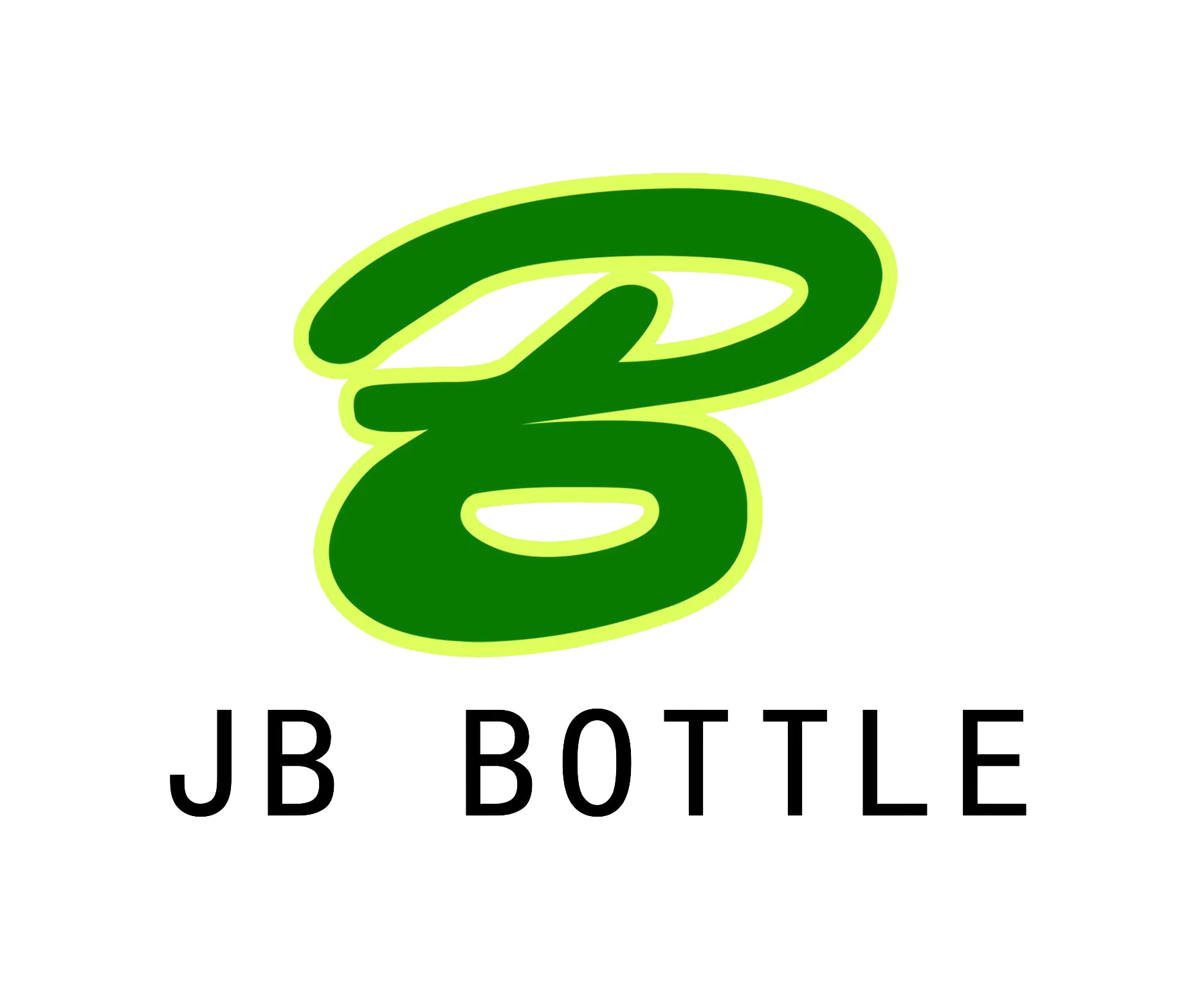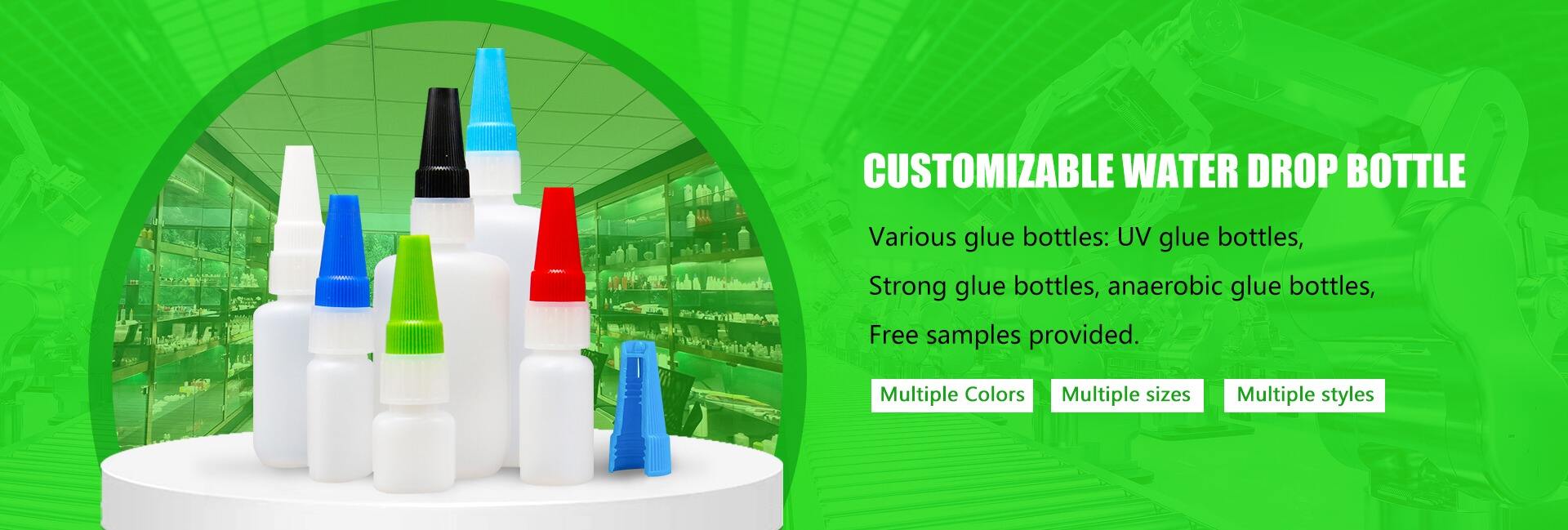Wybór odpowiedniego rozmiaru butelki oleju silnikowego dla efektywnego przechowywania
Zrozumienie silnika Butelka oleju Wymiary
Wymiary butli oleju silnikowego mają kluczowe znaczenie zarówno dla konsumentów, jak i producentów, wpływając na takie czynniki, jak łatwość przechowywania i kompatybilność z mechanizmami nalewania. Dla konsumentów kompaktowe i dobrze zaprojektowane butelki sprawiają, że magazynowanie jest bardziej wydajne, zwłaszcza w małych garażach lub pomieszczeniach roboczych, gdzie przestrzeń jest bardzo ograniczona. Podobnie producenci muszą uważnie rozważyć wymiary butelki, ponieważ mają one bezpośredni wpływ na przestrzenię wysyłki i półkach, wpływając w ten sposób na efektywność dystrybucji i koszty. Ponadto ergonomiczna konstrukcja butli oleju silnikowego, w szczególności ich rozmiar i kształt, zapewniają łatwe nalewanie, zmniejszając rozlewy i marnotrawstwo.
Dostępne są różne rodzaje butli oleju silnikowego, z których każda ma unikalne wymiary, spełniające różne potrzeby. Najczęściej używane są butelki z tworzyw sztucznych, które oferują wszechstronność w rozmiarach od 500 ml do 4 litrów, mają trwałą, lekką konstrukcję idealną do codziennego użytku. Metalowe pojemniki, choć rzadziej występujące, zapewniają dodatkową ochronę dla wysokiej jakości ropy naftowej, często wykorzystywanej do celów przemysłowych. Pojemniki szklane są rzadkie w przemyśle oleju silnikowego ze względu na ich kruchość, ale mogą być stosowane do specjalistycznych zastosowań. Każdy z nich ma określone wymiary, które są przeznaczone do jego celu, równoważąc trwałość, użyteczność i wydajność przechowywania.
Jakiego rozmiaru butelki oleju silnikowego używać?
Przy wyborze odpowiedniej butelki oleju silnikowego niezbędne jest zrozumienie powszechnych rozmiarów, takich jak kwarty lub litry. Wielkość tych rozmiarów jest popularna przede wszystkim dlatego, że spełniają one praktyczne potrzeby konsumentów. Na przykład w Stanach Zjednoczonych powszechnie stosowane są butelki oleju silnikowego o wielkości litra, ze względu na powszechność pojazdów z silnikami, które zazwyczaj wymagają od czterech do sześciu litrów oleju do pełnej wymiany. Natomiast w wielu częściach Europy i Azji wielkość litra jest bardziej powszechna, dostosowując się do systemu metrycznego i specyfikacji pojazdów dostosowanych do tych regionów. Dodatkowo mniejsze, takie jak 500 ml lub 800 ml, nadają się do napełniania lub przewożenia jako rezerwy awaryjne w pojeździe.
Wybór odpowiedniej wielkości butelki wykracza poza osobiste preferencje i wymaga uwzględnienia różnych czynników, w tym typu pojazdu, średniej częstotliwości wymiany oleju oraz pojemności magazynu. Kompaktne samochody często wymagają mniej oleju w porównaniu z większymi pojazdami, takimi jak SUV lub ciężarówki, co wpływa na wybór rozmiaru butelki. Dla osób często podróżujących lub posiadających starsze pojazdy większe butelki mogą być bardziej ekonomiczne ze względu na większą częstotliwość wymiany oleju. Ważne jest również, aby pamięć była w domu lub w garażu. Wyważenie tych kryteriów zapewnia, że wybierzesz butelkę oleju silnikowego, która skutecznie spełni Twoje potrzeby.
Porównanie butli oleju silnikowego z butli oleju kuchennego
Butelki oleju silnikowego i butelki oleju kuchennego mają kilka cech konstrukcyjnych, które zwiększają łatwość użytkowania. Obie formy często mają zęby do precyzyjnego nalewa i konstrukcję przystosowaną do chwytania, aby zapobiec rozlewom. Takie podobieństwa sprawiają, że jest łatwo z nich korzystać, niezależnie od tego, czy dodaje się olej silnikowy, czy olej kuchenny. W składzie materiału występuje zazwyczaj tworzywo sztuczne, które zapewnia równowagę między trwałością i opłacalnością w obu zastosowaniach.
Pomimo tych podobieństw różnice w użyciu podkreślają różne potrzeby funkcjonalne. Butelki oleju silnikowego wymagają mocniejszego uszczelnienia, aby zachować jego nieprzełamanie się przed czynnikami środowiskowymi i uniknąć zanieczyszczenia. Są one również zazwyczaj grubsze i wytrzymałe, aby wytrzymać warunki przechowywania w garażu. Natomiast butelki z olejem do gotowania równoważą trwałość z łatwością dostępu i często nie wymagają takiego samego poziomu odporności chemicznej, biorąc pod uwagę ich stosowanie w środowisku kuchni. Porównanie to podkreśla potrzebę specjalistycznego projektowania opakowań w celu zaspokojenia szczególnych wymagań różnych substancji.
Rola materiału w wymiarach butelki oleju silnikowego
Materiały powszechnie stosowane w produkcji butli oleju silnikowego, takie jak polietylen o wysokiej gęstości (HDPE), mają znaczący wpływ na ich użyteczność i skuteczność. HDPE jest popularnym wyborem ze względu na swoją lekkość, trwałość i odporność na uderzenia, co czyni je idealnym do obsługi i transportu. Jego trwałość zapewnia również bezpieczne przechowywanie oleju silnikowego bez wycieków, z tolerancją szerokiego zakresu temperatur.
Poza funkcjonalnością, wybór materiału ma wpływ na wydajność przechowywania, czas trwania oleju i ślad środowiskowy butli oleju silnikowego. HDPE, na przykład, dzięki właściwościom chemicznej odporności, zapewnia długą żywotność, zapobiegając przenikaniu zawartości. Wybór tego materiału ma również wpływ na wpływ na środowisko butli oleju silnikowego, ponieważ HDPE można poddać recyklingowi, zmniejszając w ten sposób ilość odpadów i przyczyniając się do bardziej przyjaznego dla środowiska cyklu produkcji. Wybór materiałów podlegających recyklingowi w produkcji butelek wspiera działania na rzecz zrównoważonego rozwoju przy zachowaniu wydajności i niezawodności.
Innowacje w projektowaniu butli olejowych i octowych
Innowacje w projektowaniu butli znacząco wpłynęły na dziedzinę butli oleju silnikowego, tworząc ergonomiczne i przyjazne dla użytkownika funkcje, które zwiększają użyteczność. Ergonomiczne konstrukcje mają na celu zwiększenie przyczepności i doświadczenia zlewającego, zmniejszenie rozlewów i trudności z obsługą. Uprzejmie dostępne funkcje, takie jak klapki z klapką, również stały się popularne, umożliwiając szybki i łatwy dostęp bez potrzeby używania oddzielnych narzędzi. W związku z tym, w przypadku gdy wprowadzono nowe rozwiązania, należy uwzględnić, że w przypadku, gdy wprowadzono nowe rozwiązania, nie można zastosować nowych rozwiązań.
Fascynujące badanie przypadku porównujące niestandardowe butelki z oliwą z oliwek z motorów podkreśla, jak kreatywność w projektowaniu może współistnieć z wymiarami ukierunkowanymi na użyteczność. Butelki z oliwą często mają skomplikowane kształty i artystyczne etykiety, które mają przyciągnąć konsumentów i podnieść wizerunek marki. Natomiast butelki oleju silnikowego mają większe znaczenie dla funkcjonalności niż dla formy, a ich kształty są optymalnie zaprojektowane dla bezpiecznego przechowywania i łatwego użytkowania w przemyśle. Ten kontrast podkreśla różne cele w projektowaniu produktów konsumenckich w porównaniu z pojemnikami przemysłowymi, jednocześnie pokazując, że nawet przedmioty użyteczne mogą korzystać z innowacyjnych podejść projektowych.
Wskazówki dotyczące skutecznego przechowywania butli oleju silnikowego
Aby zapewnić trwałość i skuteczność oleju silnikowego, ważne jest, aby butelki przechowywane były w optymalnych warunkach. Zaleca się przechowywanie butli oleju silnikowego w chłodnym, suchym miejscu o temperaturze od 32 do 85 stopni Celsjusza. Utrzymanie tych warunków pomoże zachować chemiczną stabilność oleju i zapobiec niechcianej degradacji.
Zorganizowanie zapasów oleju silnikowego może również przyczynić się do bardziej efektywnego użytkowania i łatwego dostępu do niego. Aby uniknąć pomyłek, należy na każdym z nich umieścić szczegóły, takie jak datę zakupu, rodzaj oleju i datę ważności. Wykorzystanie półek może pomóc utrzymać butelki w porządnym porządku, a częściej używane oleje są przechowywane z przodu, aby łatwo je dostać. Dzięki temu miejsce magazynowania jest nie tylko uporządkowane, ale także starzejące się butelki są używane wcześniej niż nowe, co minimalizuje marnotrawstwo.
Wniosek: Znalezienie idealnego wymiaru butelki oleju silnikowego
Podsumowując, wybór odpowiednich wymiarów butli oleju silnikowego ma kluczowe znaczenie dla zapewnienia optymalnej wydajności pojazdu i efektywnych rozwiązań magazynowych.


